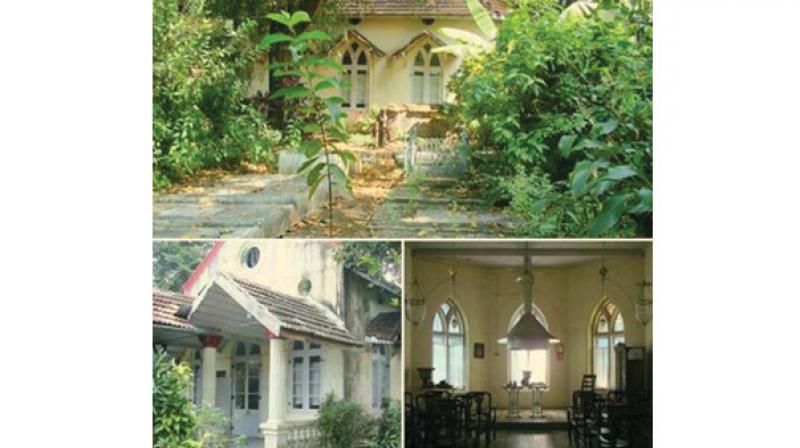Parsi culture still has its fire glowing

KOZHIKODE: On April 18 which is observed as World Heritage Day, among the several monuments with a story to tell in Kozhikode is its only Parsi temple in Kerala. The local people are not well aware of this fire temple, the Parsi Anju Amman Baug, where Parsis are the only worshippers. This sacred temple, which is over 200 years old, is located off the busy streets of the famous Sweet Meat Street. Over 300 Parsis once resided there but today, Kozhikode is left with only one family, the Marshalls, which has only six members.
Parsis live chiefly in Mumbai and in a few towns and villages mostly to the South of Mumbai, but there are a few in Karachi and Bangalore. The fire temple was built in the 18th century when Parsi traders settled in Kozhikode about 200 years ago. The Parsis, the name means “Persians”, have descended from Persian Zoroastrians who immigrated to India to avoid religious persecution by the Muslims. Devotees visit the temple for mainly two purposes, related to marriage and for good health and longetivity of the husband.
“They come here for worship only on Sundays”, says a nearby shopkeeper of the flower shop. “A Parsi has to be cremated in here. They are very unique in their costumes and rituals”, he added. There customs are different from that of the other communities. Fire is given supremacy in the Zoroastrian faith. It is closely associated with Ahura Mazda, the lord of endless light and wisdom, according to the Parsis. Most religious ceremonies are performed in the presence of fire. Just before entering the temple, the hands are washed and a ‘kusti’ (ritual) is performed and a scarf is used to cover the head.

